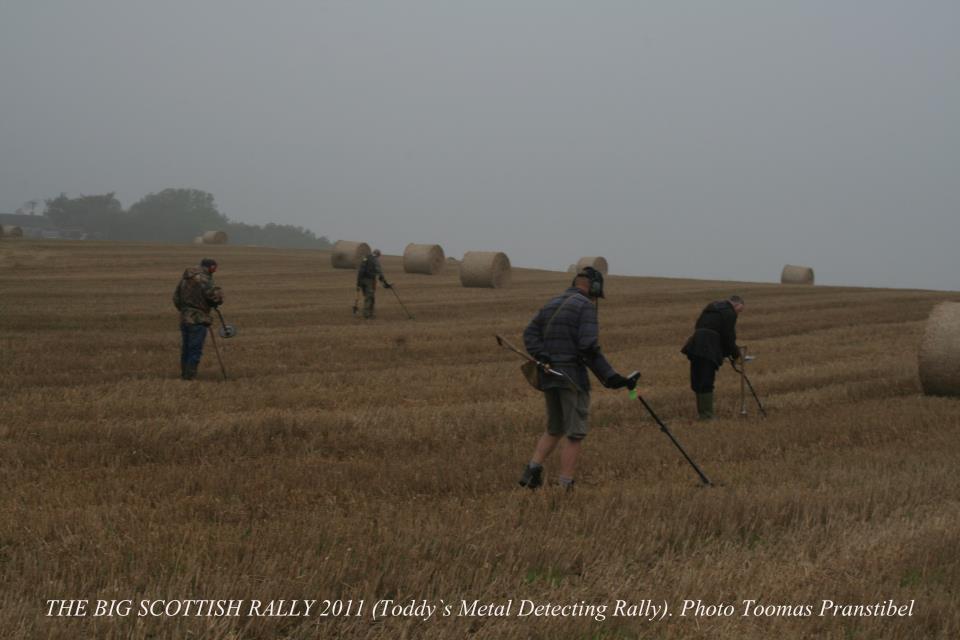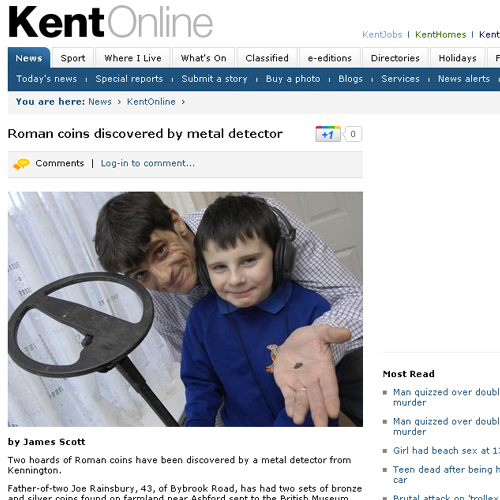You can download for free the National Council for Metal Detecting (NCMD) Code of Practice here
Or below is the Portable Antiquities Scheme Code of practice for responsible metal detecting
Being responsible means:
Before you go metal-detecting
- Not trespassing; before you start detecting obtain permission to search from the landowner/occupier, regardless of the status, or perceived status, of the land. Remember that all land has an owner. To avoid subsequent disputes it is always advisable to get permission and agreement in writing first regarding the ownership of any finds subsequently discovered (see www.cla.org.uk / www.nfuonline.com).
- Adhering to the laws concerning protected sites (e.g. those defined as ScheduledMonumentsor Sites of Special Scientific Interest: you can obtain details of these from the landowner/occupier, Finds Liaison Officer, Historic Environment Record or at www.magic.gov.uk). Take extra care when detecting near protected sites: for example, it is not always clear where the boundaries lie on the ground.
- You are strongly recommended to join a metal detecting club or association that encourages co-operation and responsive exchanges with other responsible heritage groups.Details of metal detecting organisations can be found at www.ncmd.co.uk / www.fid.newbury.net.
- Familiarising yourself with and following current conservation advice on the handling, care and storage of archaeological objects (see www.finds.org.uk).
While you are metal-detecting
- Wherever possible working on ground that has already been disturbed (such as ploughed land or that which has formerly been ploughed), and only within the depth of ploughing. If detecting takes place on undisturbed pasture, be careful to ensure that no damage is done to the archaeological value of the land, including earthworks.
- Minimising any ground disturbance through the use of suitable tools and by reinstating any excavated material as neatly as possible. Endeavour not to damage stratified archaeological deposits.
- Recording findspots as accurately as possible for all finds (i.e. to at least a one hundred metre square, using an Ordnance Survey map or hand-held Global Positioning Systems (GPS) device) whilst in the field. Bag finds individually and record the National Grid Reference (NGR) on the bag. Findspot information should not be passed on to other parties without the agreement of the landowner/occupier (see also clause 9).
- Respecting the Country Code (leave gates and property as you find them and do not damage crops, frighten animals, or disturb ground nesting birds, and dispose properly of litter: seewww.countrysideaccess.gov.uk).
After you have been metal-detecting
- Reporting any finds to the relevant landowner/occupier; and (with the agreement of the landowner/occupier) to the Portable Antiquities Scheme, so the information can pass into the local Historic Environment Record. Both the CountryLandand Business Association and the National Farmers Union support the reporting of finds. Details of your local Finds Liaison Officer can be found atwww.finds.org.uk/contacts, e-mail info@finds.org.uk or phone 020 7323 8611.
- Abiding by the provisions of the Treasure Act and Treasure Act Code of Practice, wreck law (www.mcga.gov.uk) and export licensing (www.mla.gov.uk). If you need advice your local Finds Liaison Officer will be able to help you.
- Seeking expert help if you discover something large below the ploughsoil, or a concentration of finds or unusual material, or wreck remains, and ensuring that the landowner/occupier’s permission is obtained to do so. Your local Finds Liaison Officer may be able to help or will be able to advise of an appropriate person. Reporting the find does not change your rights of discovery, but will result in far more archaeological evidence being discovered.
- Calling the Police, and notifying the landowner/occupier, if you find any traces of human remains.
- Calling the Police or HM Coastguard, and notifying the landowner/occupier, if you find anything that may be a live explosive: do not use a metal-detector or mobile phone nearby as this might trigger an explosion. Do not attempt to move or interfere with any such explosives.
Finding out more about archaeology
You can find out more about the archaeology of your own area from the Historic Environment Records maintained by local authority archaeology services (inEngland) and the Welsh archaeological trusts.
For further information contact the Council for British Archaeology (tel 01904 71417/ www.britarch.ac.uk) who can also supply details of local archaeology societies.

























